The Philippines is known for being a popular tourist destination, but have you ever thought about how it was 60 years ago? Back then, the country was adapting to a new way of life in the post-war era.
Since 1546, it was under the colonial rule of Spain and the United States. The Philippines formally achieved its independence from the U.S. on July 4, 1946.
I talked to a friend of mine who is from the Philippines to know more about the country. Back then, women used to wear baro’t saya. It is their national dress and is a hybrid of the pre-colonial native Filipino and colonial Spanish clothing styles.
Since cars did not exist that much, they used boats or horse-drawn carriages (Kalesa) for transportation. Lampara (lamp) was used as a source of light because technologies were not yet present.
The following photos were taken by Harrison Forman, an American photojournalist who traveled extensively around Asia in the mid-20th century and documented people’s lives. The pictures give us a glimpse into what everyday life looked like in Manila in the 1950s and 1960s.
Sixty Years Back
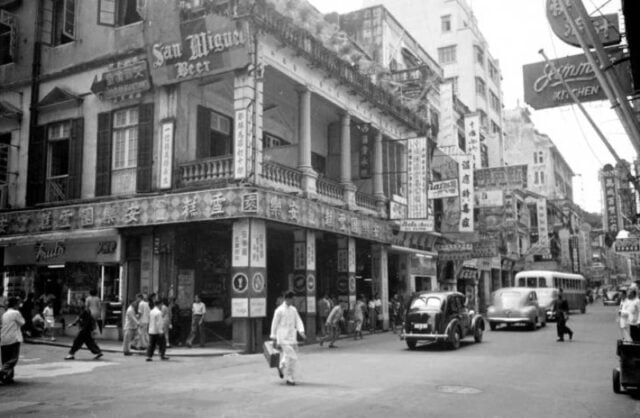
San Miguel beer is a Filipino pale lager produced by San Miguel Brewery. Established in 1890, it is the largest selling beer in the Philippines and Hong Kong.

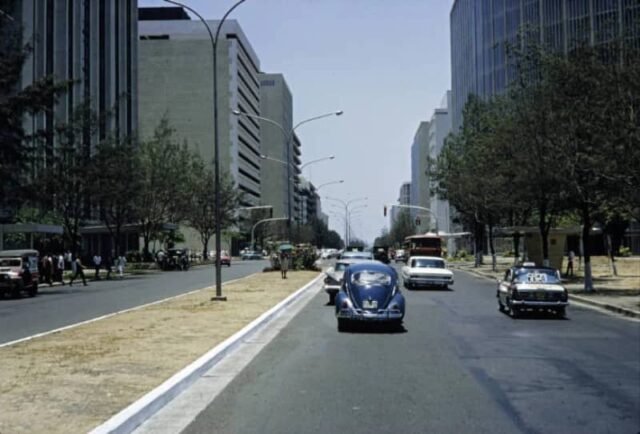

Horse-drawn carriages were widely used during the colonial era until the early 20th century. Their numbers started to decline with the growing popularity of motorized vehicles after World War II.
But don’t be sad! These beautiful carriages still exist today and are huge tourist attractions!

This is the picture of Escolta street in Manila, and it was a major financial and commercial street. Many historic buildings were abandoned or demolished, but local people revived those which were still there.
Folk dances from the Philippines like tinikling (tapping, beating, or sliding a bamboo on the ground), carinosa (shy behavior of the female dancer represents the Filipina women), itik-itik (the dance that imitates the movement of a duck) amaze many foreigners.
Also Read: In Pics: Viral Photos Of Italy’s ‘Dying Town’
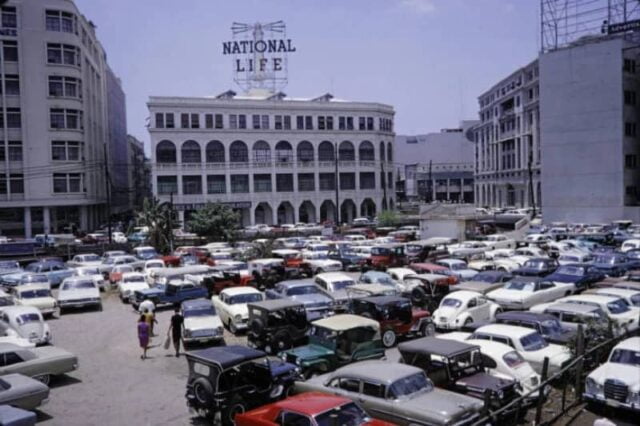

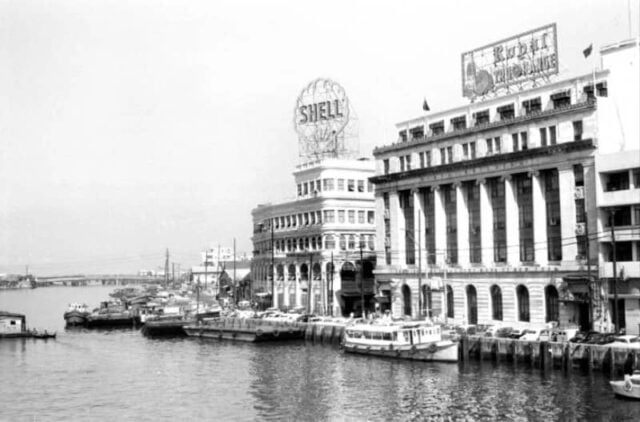
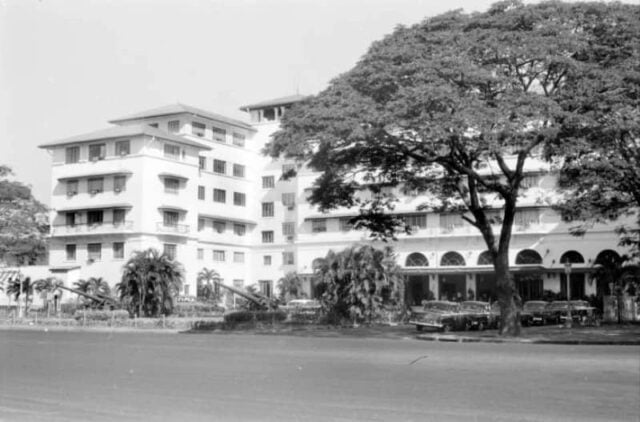
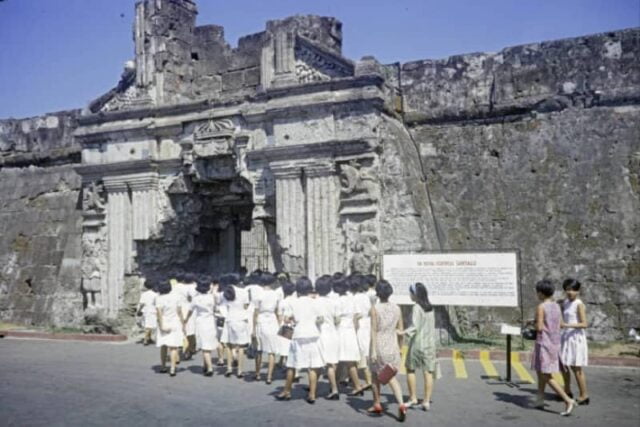
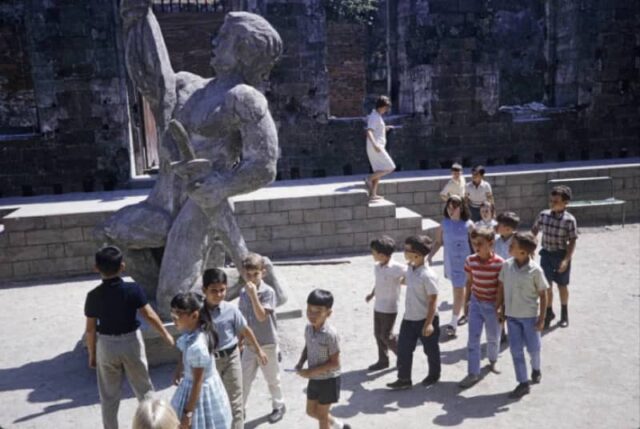
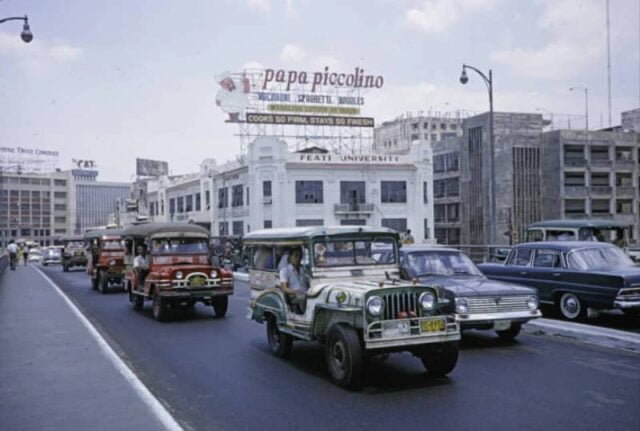
Jeepneys started appearing in the Philippines after World War II. They were used to satisfy the local public transportation needs, and they still remain a popular and unique form of transportation even today.
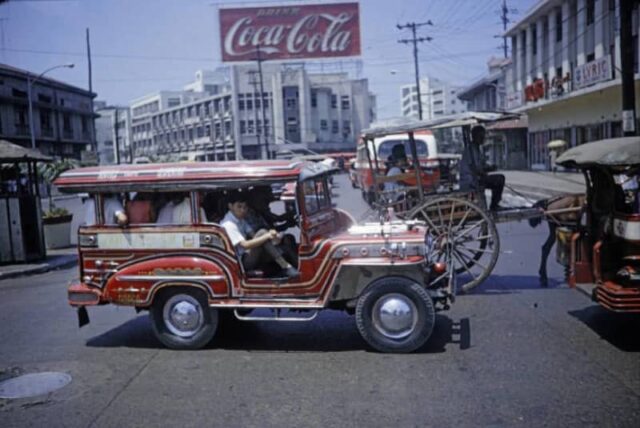
Manila is the capital of the Philippines and it has been the principal city for many centuries. Tall buildings and delicious food attract tourists from all around the world. But it is a big city and very populated too, so the crime rate is pretty high.
The liveliness in the city is because of its people. Filipinos advise all the tourists to prepare themselves for the chaotic energy because they tend to do random things in public which can make anyone laugh a lot!
Young Filipinos want to experience how life was back then. Some Filipinos are still homophobic, and that makes same-sex relationships less acceptable.
They want to learn how people worked hard and desire to experience the time when love was pure and genuine. It is rare to find love like before.
Image Credits: The American Geographical Society Library, the University of Wisconsin-Milwaukee Libraries, Google Images
Sources: Vice, Asian Boss, National Geographic
Find The Blogger: @PrernaMagan
This Post Is Tagged Under: Philippines 60 years ago, Philippine time right now, Shopee Philippines, Philippines actress, the population of Philippines, Philippines pronunciation, Philippines time to ist, coronavirus, Philippines city name, what is the time in philippines, the time difference between India and Philippines, Philippines mbbs college fees, India to Philippines flight, 1 Philippine peso to INR, capital of Philippines, 1 peso to INR, nmat Philippines, mbbs in philippines, where is the Philippines, Translate Philippines to English, Philippines number code, Philippines 60 years, how the Philippines looked like 60 years ago, manila 60 years ago, manila, nightlife in manila, Filipino, the currency of Philippines, the language of Philippines, new covid strain, new covid strain in the Philippines, Relationship of India and Philippines, US, Spain, Independence, ASEAN, fastest-growing Asian country, population
Other Recommendations:
In Pics: Japan Sees Its Earliest Cherry Blossom Season In 1,200 Years Due To Climate Change





























